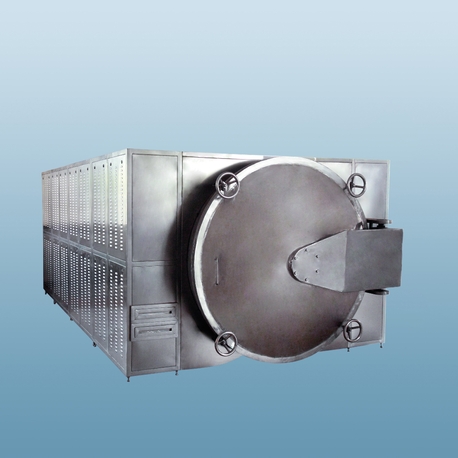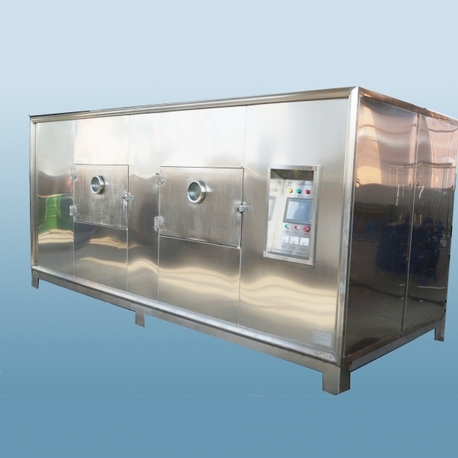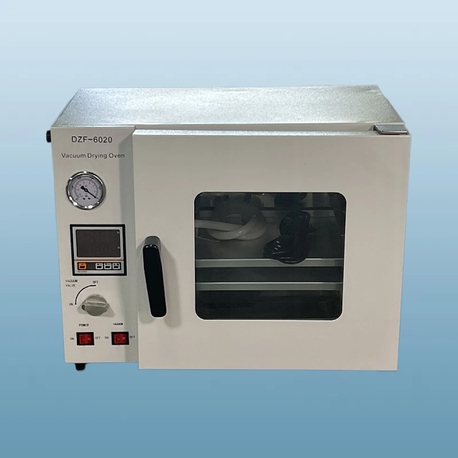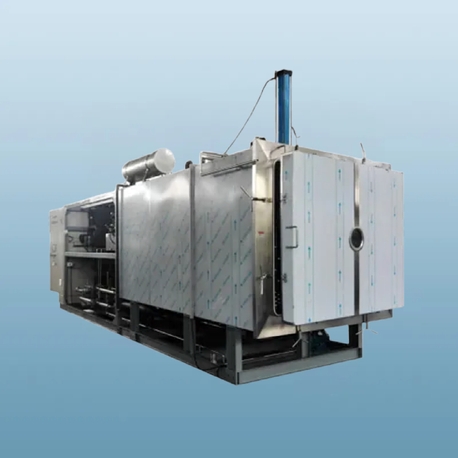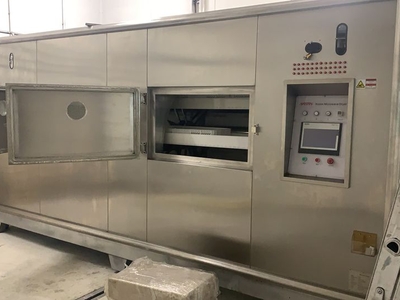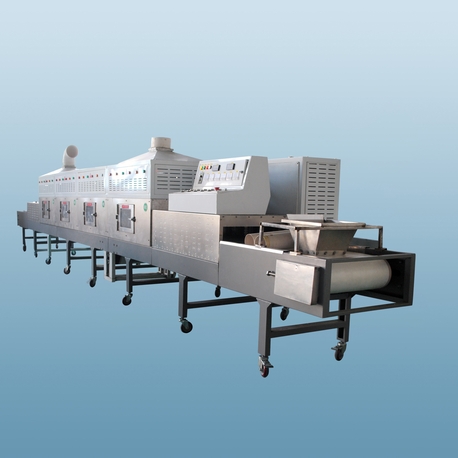In the world of industrial and commercial drying, the lyophilizer stands out as a cutting-edge solution for preserving sensitive materials. Also known as a freeze dryer, a lyophilizer is essential in sectors where maintaining product integrity, extending shelf life, and ensuring quality are paramount. This comprehensive guide delves into the intricacies of lyophilizer technology, exploring its principles, applications, and benefits. Whether you're in pharmaceuticals, food processing, or biotechnology, understanding how a lyophilizer works can revolutionize your operations. By the end of this article, you'll have a solid grasp of why lyophilizer systems are indispensable in modern industry, and how to leverage them for optimal results.
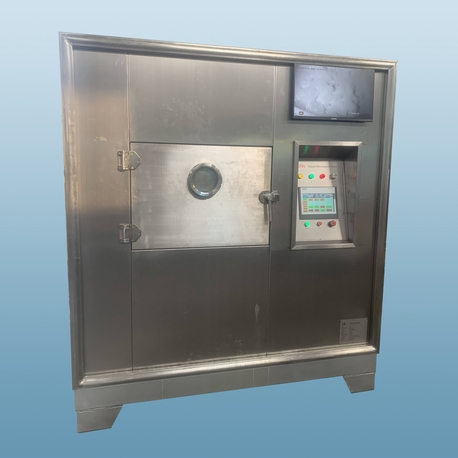
What is a Lyophilizer?
A lyophilizer is a specialized drying equipment that removes moisture from products through a process called lyophilization or freeze-drying. Unlike conventional dryers that use heat, a lyophilizer operates by freezing the material and then reducing the surrounding pressure to allow the frozen water to sublimate directly from solid to gas. This method preserves the product's structure, chemical composition, and biological activity, making it ideal for heat-sensitive substances. Industrial lyophilizer units are designed for large-scale operations, featuring robust chambers, condensers, and vacuum systems to handle high volumes efficiently. The term "lyophilizer" originates from the Greek words "lyo" (to dissolve) and "philos" (loving), highlighting its ability to create products that easily reconstitute with water. In commercial settings, a lyophilizer is crucial for producing stable, long-lasting goods without compromising quality.
How Does a Lyophilizer Work? The Science Behind Freeze Drying
The operation of a lyophilizer involves a precise, multi-stage process that ensures effective moisture removal while preserving product integrity. First, the material is loaded into the lyophilizer chamber and frozen to temperatures typically between -30°C and -50°C. This freezing phase solidifies the water content, forming ice crystals. Next, the lyophilizer initiates primary drying by creating a vacuum inside the chamber. Under low pressure, the ice sublimates—transitioning directly from solid to vapor—without passing through a liquid phase. The lyophilizer's condenser then traps these vapors, converting them back to ice on cooled surfaces. Finally, secondary drying removes any remaining bound water molecules through desorption, often involving slight heating to ensure complete dryness. This entire cycle in a lyophilizer is controlled by sophisticated software, allowing for customization based on product requirements. The efficiency of a lyophilizer hinges on parameters like temperature, pressure, and time, which must be optimized for each application to achieve consistent results.
Key Applications of Lyophilizers in Various Industries
The versatility of the lyophilizer makes it a valuable asset across multiple sectors. In the pharmaceutical industry, lyophilizer systems are used to preserve vaccines, antibiotics, and biologics, ensuring stability and efficacy during storage and transport. For instance, many COVID-19 vaccines relied on lyophilizer technology to maintain potency. In the food industry, a lyophilizer produces lightweight, shelf-stable products like freeze-dried coffee, fruits, and ready-to-eat meals, retaining nutritional value and flavor. The biotechnology field employs lyophilizer equipment for preserving enzymes, cells, and diagnostic kits. Additionally, the chemical and materials industries use lyophilizer units to dry pigments, nanomaterials, and ceramics without altering their properties. In research and development, laboratory-scale lyophilizer models facilitate experiments and sample preparation. The widespread adoption of lyophilizer technology underscores its role in enhancing product quality and reducing waste in commercial operations.
Advantages and Limitations of Using a Lyophilizer
Implementing a lyophilizer offers numerous benefits, but it's essential to consider its limitations. One major advantage of a lyophilizer is its ability to preserve the structural and chemical integrity of products, as the low-temperature process prevents denaturation or degradation. This leads to extended shelf life and easy rehydration, which is critical in pharmaceuticals and food. Moreover, a lyophilizer reduces product weight, lowering shipping and storage costs. The precision of a lyophilizer also allows for consistent batch quality, meeting strict regulatory standards. However, the lyophilizer has drawbacks, including high initial investment and operational costs due to energy-intensive processes. The cycle time in a lyophilizer can be lengthy, potentially slowing production throughput. Maintenance of a lyophilizer, such as defrosting condensers and calibrating sensors, requires expertise. Despite these challenges, the benefits of a lyophilizer often outweigh the costs for industries prioritizing product quality.
Types of Lyophilizers and Their Specifications
Lyophilizer systems come in various types to suit different scales and needs. Batch lyophilizer units are common in industrial settings, processing multiple trays of product in a single cycle. They are ideal for high-volume production but may have longer cycle times. Continuous lyophilizer models, on the other hand, allow for non-stop operation by feeding material through zones, enhancing efficiency for large-scale outputs. Another classification includes laboratory lyophilizer systems, which are smaller and used for R&D or small-batch production. Industrial lyophilizer versions feature larger chambers, automated controls, and higher condenser capacities. Key specifications to consider when selecting a lyophilizer include shelf area, condenser capacity, temperature range, and vacuum level. For example, a pharmaceutical lyophilizer might require sterile conditions and compliance with Good Manufacturing Practices (GMP). Understanding these variations helps in choosing the right lyophilizer for specific applications.
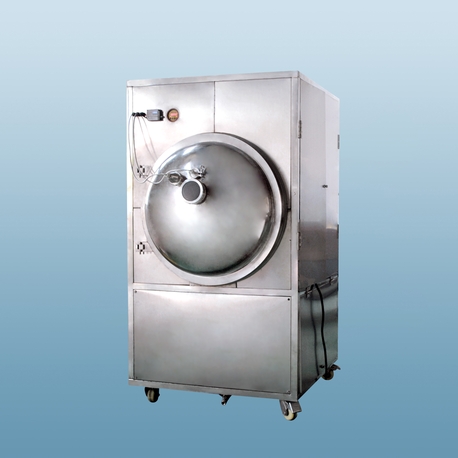
Selecting the Right Lyophilizer for Your Needs
Choosing the appropriate lyophilizer involves evaluating several factors to ensure it aligns with your operational goals. First, assess the product characteristics, such as sensitivity, moisture content, and volume, to determine the required lyophilizer capacity and specifications. For instance, heat-labile biologics need a lyophilizer with precise temperature control. Next, consider the production scale—a pilot-scale lyophilizer might suffice for testing, while full-scale production demands an industrial lyophilizer with automation features. Budget is crucial, as a lyophilizer can range from $10,000 for lab models to over $500,000 for industrial units. Additionally, evaluate the lyophilizer's energy efficiency, maintenance requirements, and compliance with industry standards like FDA or ISO. It's advisable to consult with lyophilizer manufacturers for customized solutions and to review case studies from similar industries. A well-chosen lyophilizer can optimize productivity and ROI.
Maintenance and Operational Best Practices for Lyophilizers
Proper maintenance of a lyophilizer is vital for longevity and performance. Regular cleaning of the chamber and condenser prevents contamination and ensures efficient operation. For example, a lyophilizer used in pharmaceuticals must undergo validation and sterilization cycles. Calibrating sensors and checking vacuum seals in the lyophilizer helps maintain accuracy. Operators should monitor cycle data and perform preventive maintenance, such as replacing filters and inspecting components. Training staff on lyophilizer operation reduces downtime and errors. Additionally, keeping a log of lyophilizer usage aids in troubleshooting and scheduling servicing. Following manufacturer guidelines for the lyophilizer extends its lifespan and ensures consistent output. In industrial settings, integrating a lyophilizer with IoT-enabled monitoring can provide real-time alerts for issues, enhancing reliability.
Future Trends in Lyophilizer Technology
The evolution of lyophilizer technology is driven by demands for efficiency and sustainability. Innovations include energy-efficient lyophilizer designs that reduce power consumption through improved insulation and heat recovery systems. Smart lyophilizer models with AI and machine learning optimize cycles based on real-time data, minimizing human intervention. There's also a trend toward modular lyophilizer systems that allow scalability and flexibility in production. In the context of green manufacturing, lyophilizer developments focus on using eco-friendly refrigerants and materials. As industries globalize, compact and portable lyophilizer units are gaining traction for decentralized production. These advancements promise to make lyophilizer technology more accessible and cost-effective, further solidifying its role in commercial drying.
Frequently Asked Questions About Lyophilizers
Q1: What is the main purpose of a lyophilizer?
A1: The primary purpose of a lyophilizer is to remove moisture from products through freeze-drying, preserving their structure, stability, and quality for long-term storage and use in industries like pharmaceuticals and food processing.
Q2: How does a lyophilizer differ from a conventional dryer?
A2: Unlike conventional dryers that use heat and can damage sensitive materials, a lyophilizer operates at low temperatures and under vacuum, allowing ice to sublimate directly without melting, thus maintaining product integrity.
Q3: What industries commonly use lyophilizers?
A3: Lyophilizers are widely used in pharmaceuticals for drugs and vaccines, food industry for freeze-dried products, biotechnology for preserving biological samples, and chemicals for drying sensitive compounds.
Q4: What are the key components of a lyophilizer?
A4: A typical lyophilizer consists of a drying chamber, condenser to trap vapors, vacuum pump to reduce pressure, refrigeration system for cooling, and control unit to manage the process parameters.
Q5: How long does a typical lyophilization cycle take?
A5: The duration of a lyophilization cycle varies based on product type and lyophilizer specifications, but it can range from several hours for small batches to days for large industrial loads, with factors like moisture content and temperature affecting the time.
In conclusion, the lyophilizer is a transformative tool in industrial and commercial drying, offering unmatched benefits for product preservation. By understanding its workings, applications, and maintenance, businesses can harness the full potential of lyophilizer technology to drive innovation and efficiency.


